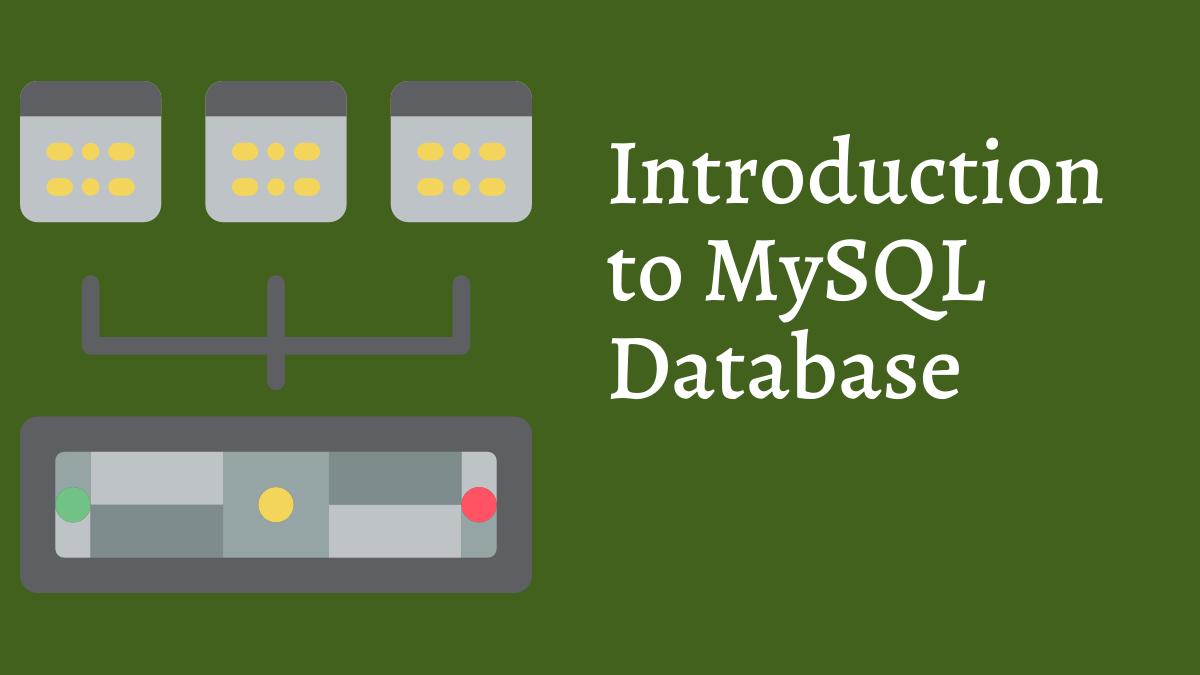Introduction to MySQL Database
The MySQL software consists of the MySQL server, several utility programs that assist in the administration of MySQL databases, and some supporting software that the MySQL server needs. The heart of the system is the MySQL server.

How MySQL Works
The MySQL server is the manager of the database system. It handles all the database instructions. For example, if you want to create a new database, you send a message to the MySQL server and then the MySQL server creates a subdirectory in its data directory, and puts the necessary files with the required format into the subdirectory. In the same manner, to add data to that database, you send a message to the MySQL server, giving it the data and telling it where you want the data to be added.
Database Structure
MySQL is a Relational Database Management System (RDBMS). The MySQL server can manage many databases at the same time. Each database consists of a structure to hold the data and the data itself. A database can exist without data, only a structure, or be totally empty.
Data in a database is stored in one or more tables. You must create the database and the tables before you can add any data to the database. First you create the empty database. Then, you add empty tables to the database.
Database tables are organised in rows and columns. Each row represents an entity in the database, such as a customer, a book, or a project. Each column contains an item of information about the entity, such as a customer name, a book name, or a project start date. The place where a particular row and column intersect, the individual cell of the table, is called a field.
Tables in databases can be related. Often a row in one table is related to several rows in another table.
Communicating With MySQL
All the interaction with the database is accomplished by passing messages to the MySQL server. The MySQL server must be able to understand the instructions. You communicate using Structured Query Language (SQL). To make a request that MySQL can understand, you build a SQL statement and send it to the MySQL server.